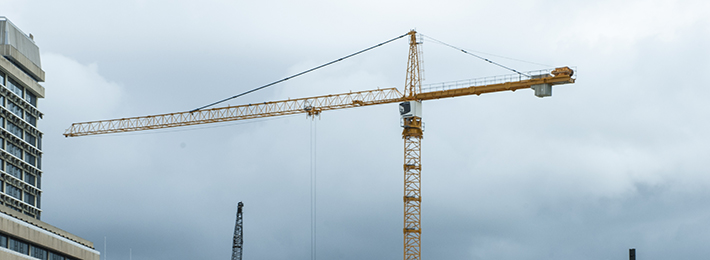Boom/bust to take a backseat
20 Aug 2018, Industry News, News

National Construction Pipeline Report 208 predicts boom/bust cycle will be replaced by steady growth over next five years
This is the main takeaway for the construction industry from the latest national construction pipeline report from MBIE, BRANZ and Pacifecon, based on current and forecast data.
Data is collected in four regions – Auckland, Canterbury, Waikato/Bay of Plenty and Wellington – with aggregated figures provided for the rest of New Zealand.
Minister for Housing seeks “confidence and certainty”
Housing Minister Jenny Salesa said the findings of the report, reflecting strong construction demand nationwide throughout the next five years, should lead to greater confidence within the industry.
“Confidence and certainty within the construction sector will provide a more stable foundation,” said Salesa.
“Over the years, this typical cycle in New Zealand has undermined the certainty and confidence needed to build skills and sustain a robust workforce over time.
“Gains made in peak periods dissipate and the effort to gear up again has taken energy that could have been more usefully applied to supporting innovation and efficiencies”.
Stand-out findings
There were five key findings in the report:
- There will be no peak in total construction value within the forecast period for the first time since the report was initiated.
- National dwelling consents are expected to rise 39%, growing year-on-year during the forecast period.
- Multi-units are forecast to increase and make up 60% of dwellings in 2023.
- Non-residential growth is expected in Auckland and Waikato/Bay of Plenty regions right through to 2023, while Wellington and Canterbury will decrease from current levels.
- Wellington experienced the strongest residential and non-residential growth during 2017, and is now expected to undergo the largest residential growth during the forecast period.
Regional outlook
Auckland and the Waikato/Bay of Plenty regions will experience non-residential growth right through to 2023, as well as being forecasted to make up 61% of non-residential building value that year. On the other hand, Wellington and Canterbury will see a decrease from their current higher levels.
Wellington is expected to experience the strongest residential growth of any region (65%), exceeding $2.5bn by 2023.
Outside of Canterbury, all regions are expected to grow consistently during the period. Auckland, Waikato/Bay of Plenty and Wellington are forecast to see strong growth, while the ‘Rest of New Zealand’ region is expected to see 10% growth during the period. Canterbury looks to reduce by 18% and level out just below $6bn from 2020 through to 2023.
On a national level
National dwelling units are expected to exceed historic highs, as 220,000 dwellings are forecasted to be consented during the period. Multi-unit dwellings will also increase in proportion to make up 60% of dwellings.
The trend of the last two years will stay true as the total construction value stays just under $37bn. The value will see an increase in 2021 pushing the total value to $41bn in 2023.
Residential building activity is expected to grow moderately from 2020, reaching $26.6bn in 2023. Non-residential is forecast to grow as Auckland drives the national value in that sector to $8.4bn in 2019.
Go to www.mbie.govt.nz to download the full report.
Register to earn LBP Points Sign in



